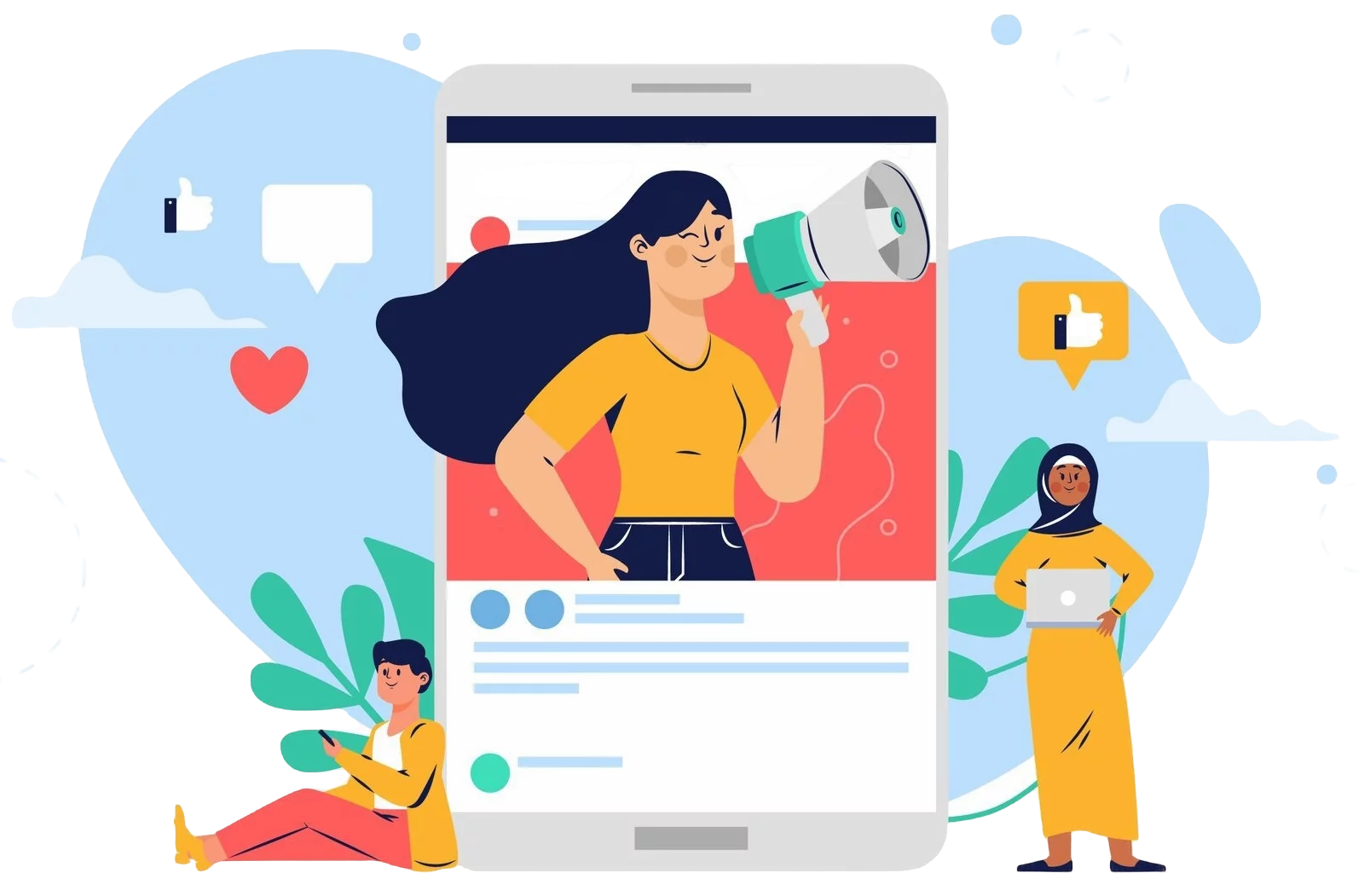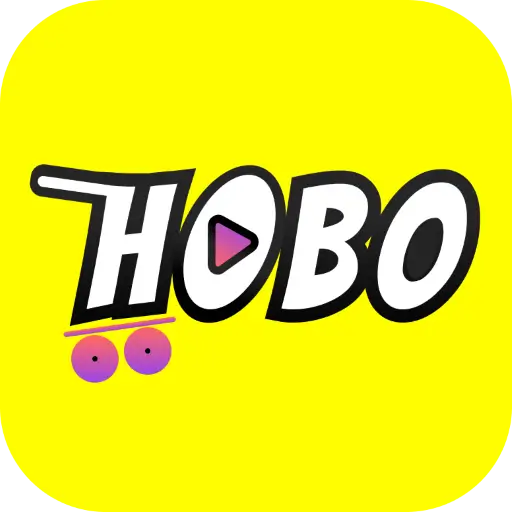Fashion and Beauty, Influencer Strategies are reshaping industries in Southeast Asia. This vibrant region, known for its rich traditions and diverse cultures, has become a hub for emerging trends and bold styles. With social media dominating how people discover brands, influencers play a central role in driving the conversation. But how can brands and creators stay ahead by 2025? Let’s dive into strategies, insights, and actionable ideas that are sure to set you apart in this evolving market.
The Rise of Influencers in Southeast Asia’s Fashion and Beauty Scene
Southeast Asia’s beauty and fashion market is booming. Social media platforms like Instagram, TikTok, and YouTube have given influencers a direct line to millions of followers. This connection creates trust, making influencers powerful advocates for brands. However, not all strategies work equally. Trends are shifting rapidly, so staying adaptable is key.
Why has influencer marketing gained so much traction? For one, Southeast Asia has one of the highest internet and smartphone penetration rates. Social media consumption here is massive; users spend hours daily scrolling through feeds. This provides brands with unparalleled opportunities to connect with audiences. However, cultural diversity offers an array of niches—from traditional fashion to cutting-edge beauty products. Although this landscape is competitive, brands can still find unique ways to engage consumers. Because of these factors, the rise of influencer marketing seems inevitable.
Unique Characteristics of Southeast Asian Consumers
Southeast Asian consumers are deeply engaged. They love storytelling and relate well to influencers who share personal journeys. They also value affordability, sustainability, and authenticity. This makes micro and nano-influencers particularly effective, as their content feels more relatable and genuine.
Moreover, platforms such as Instagram (which is immensely popular) thrive in this environment. Viral challenges—creative makeup tutorials and styling hacks—spread like wildfire. Brands that embrace these trends and collaborate with influencers in culturally relevant ways, however, stand out. Although there is competition, those who adapt quickly gain an advantage because they resonate with their audience. This dynamic landscape requires constant innovation and engagement.
Fashion and Beauty, Influencer Strategies for Success
How do you navigate such a dynamic market? The following influencer strategies will help you dominate the fashion and beauty space by 2025:
1. Embrace Local Influencers
Localized content resonates more deeply. Collaborating with influencers from specific regions ensures your message aligns with cultural nuances; however, the approach must be thoughtful. For instance, a Jakarta-based beauty influencer might showcase hijab-friendly cosmetics, but a Bangkok creator highlights vibrant street fashion. Although these variations exist, they enrich the overall narrative. This strategy is essential because it fosters a genuine connection with diverse audiences.

Amplify Your Brand,
One Influence at a Time.
2. Micro-Influencers Drive Big Results
Micro-influencers (with follower counts ranging from 10,000 to 50,000) foster closer-knit communities. Audiences tend to trust them profoundly; their engagement rates frequently exceed those of macro or celebrity influencers. However, this characteristic renders them particularly effective for niche campaigns, such as sustainable fashion or cruelty-free beauty, because they resonate more authentically with their followers. Although they may have smaller audiences, the depth of connection can be more impactful.
3. Leverage User-Generated Content (UGC)
Encouraging followers to share their own content that incorporates your products is essential; however, it’s important to reward them appropriately. For instance, shoutouts, giveaways, or exclusive discounts can serve as effective incentives. User-generated content (UGC) not only builds a sense of community but also fosters authentic brand advocacy. This engagement is vital because it strengthens the connection between the brand and its audience, ultimately enhancing loyalty. Although some may overlook this strategy, its impact can be significant.
4. Invest in Video Content
Video reigns supreme—especially in the realms of beauty and fashion. Tutorials and behind-the-scenes footage, as well as transformation videos, captivate audiences. TikTok’s short-form videos and Instagram Reels are perfect for showcasing products in action; however, their brevity can sometimes limit depth. Although these platforms are widely popular, they also present challenges, because the fast-paced nature can overlook the finer details. This dynamic landscape continues to evolve, influencing how we perceive and interact with beauty and fashion.
5. Integrate AI for Precision
AI tools can assist brands in identifying the appropriate influencers and monitoring campaign performance. Platforms such as Hobo.Video utilize data to guarantee that influencer collaborations are effective (maximizing ROI). However, this process requires careful analysis, because even minor misalignments can lead to suboptimal outcomes. Although the technology offers significant advantages, it is essential to remain vigilant in evaluating the results.
Trends Shaping Influencer Marketing by 2025
Fashion and beauty brands must align with these emerging trends to stay ahead:
- Sustainability Matters
Eco-friendly products and practices are no longer optional. Influencers who champion sustainability will lead the charge. - Hyper-Personalization
Consumers want recommendations tailored to their needs. Influencers should craft content that feels custom-made for their followers. - Virtual Try-Ons
AR technology allows users to try on makeup or clothing virtually. Collaborating with influencers to showcase these features can boost conversions. - E-Commerce Integration
Live shopping and direct links to products make it easier for users to purchase what influencers recommend. - Cultural Storytelling
Highlighting traditional crafts, local artisans, and regional beauty rituals will win hearts in this culturally rich region.
Challenges and How to Overcome Them
Despite the opportunities, challenges abound. Fraudulent followers, lack of measurable ROI, and oversaturated markets can hinder campaigns. However, with the right tools and partnerships, these issues can be tackled.
- Fraud Detection Tools
Use platforms like Hobo.Video to verify influencer authenticity. These tools analyze engagement rates and follower demographics to ensure credibility. - Clear KPIs
Set measurable goals, such as engagement rates, website traffic, or sales conversions. Track these metrics throughout your campaign. - Exclusive Collaborations
Standing out requires unique partnerships. Limited-edition products co-created with influencers can generate buzz. - Focus on Long-Term Relationships
One-off campaigns have limited impact. Building lasting relationships with influencers fosters loyalty and consistent advocacy.
The Future of Fashion and Beauty in Southeast Asia
The future is exciting, with technology and creativity driving new possibilities. Virtual influencers, for instance, are gaining traction. While human influencers remain critical, AI-powered personas bring an element of novelty. Similarly, gamification in marketing campaigns, where users unlock rewards by engaging with branded content, is set to rise.
Collaboration across various industries is likely to become increasingly prevalent. Fashion brands may or may not collaborate with tech companies to develop smart wearables; however, beauty brands might also join forces with wellness influencers to advocate for holistic lifestyles. This trend reflects the growing interdependence of sectors, because it allows for innovative approaches to consumer engagement, although challenges can arise in aligning brand values.
Conclusion
Fashion and Beauty, Influencer Strategies are essential for thriving in Southeast Asia’s competitive market. By embracing local influencers, brands can connect deeply with audiences—prioritizing authenticity and staying ahead of trends. The region’s cultural richness and tech-savvy consumers provide endless opportunities; however, success requires adaptability, creativity and data-driven strategies. Although challenges exist, this dynamic environment presents a canvas for innovation, because brands must be willing to evolve.
Why Choose Hobo.Video for Your Influencer Campaigns?
When it comes to Fashion and Beauty, Influencer Strategies, Hobo.Video is the perfect partner for brands looking to dominate Southeast Asia. As an AI-powered platform, we specialize in connecting you with influencers who resonate with your audience. Whether it’s nano-influencers for niche campaigns or macro-influencers for broader reach, we’ve got you covered.
Our tailored strategies ensure every campaign aligns with your goals, leveraging data to maximize impact. From UGC creation to full campaign management, Hobo.Video handles it all, letting you focus on building your brand. With our vast network, proven success, and commitment to authenticity, we’re your trusted partner in influencer marketing. Let’s create magic together!
So, if you are an influencer, Register Here!

